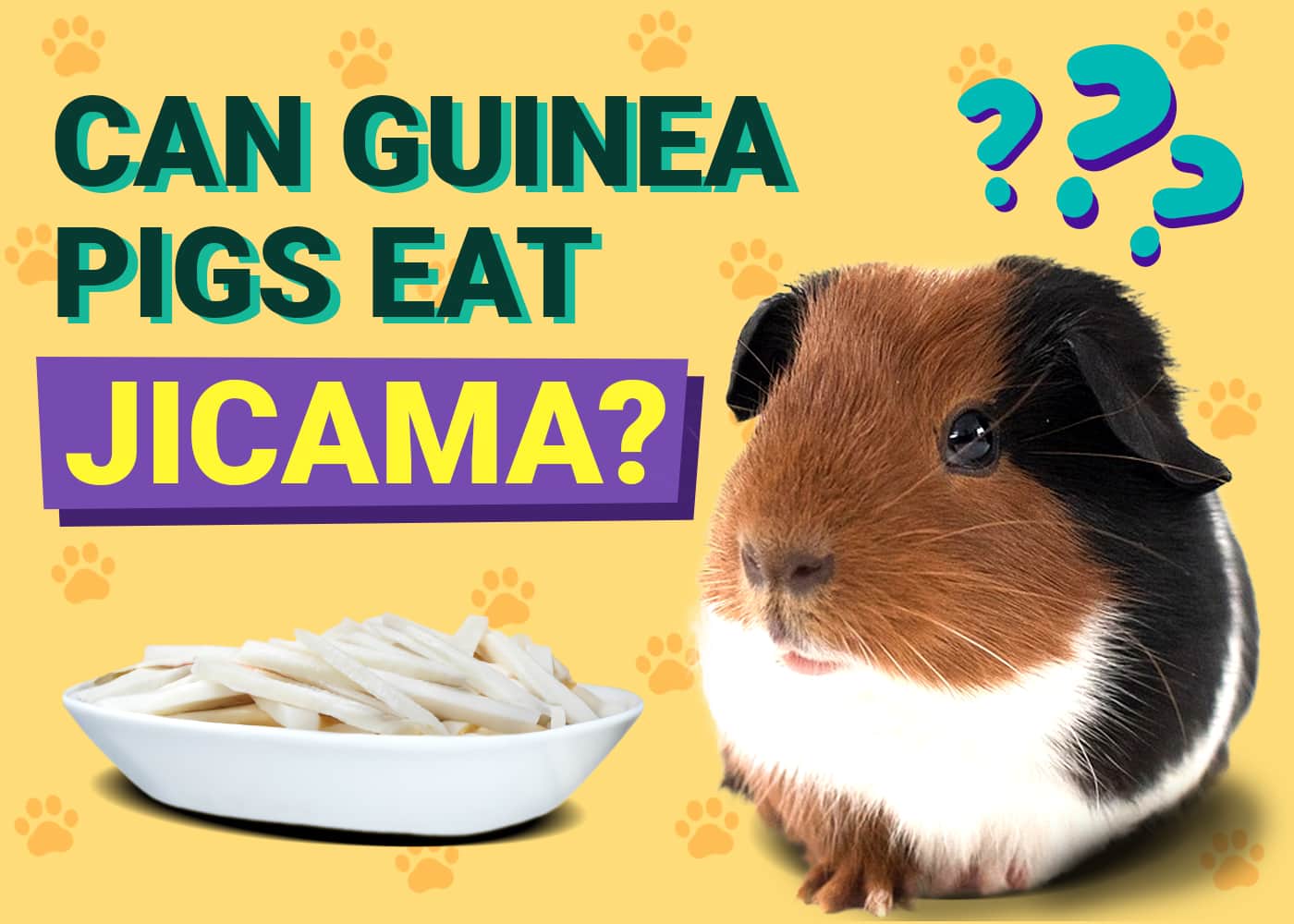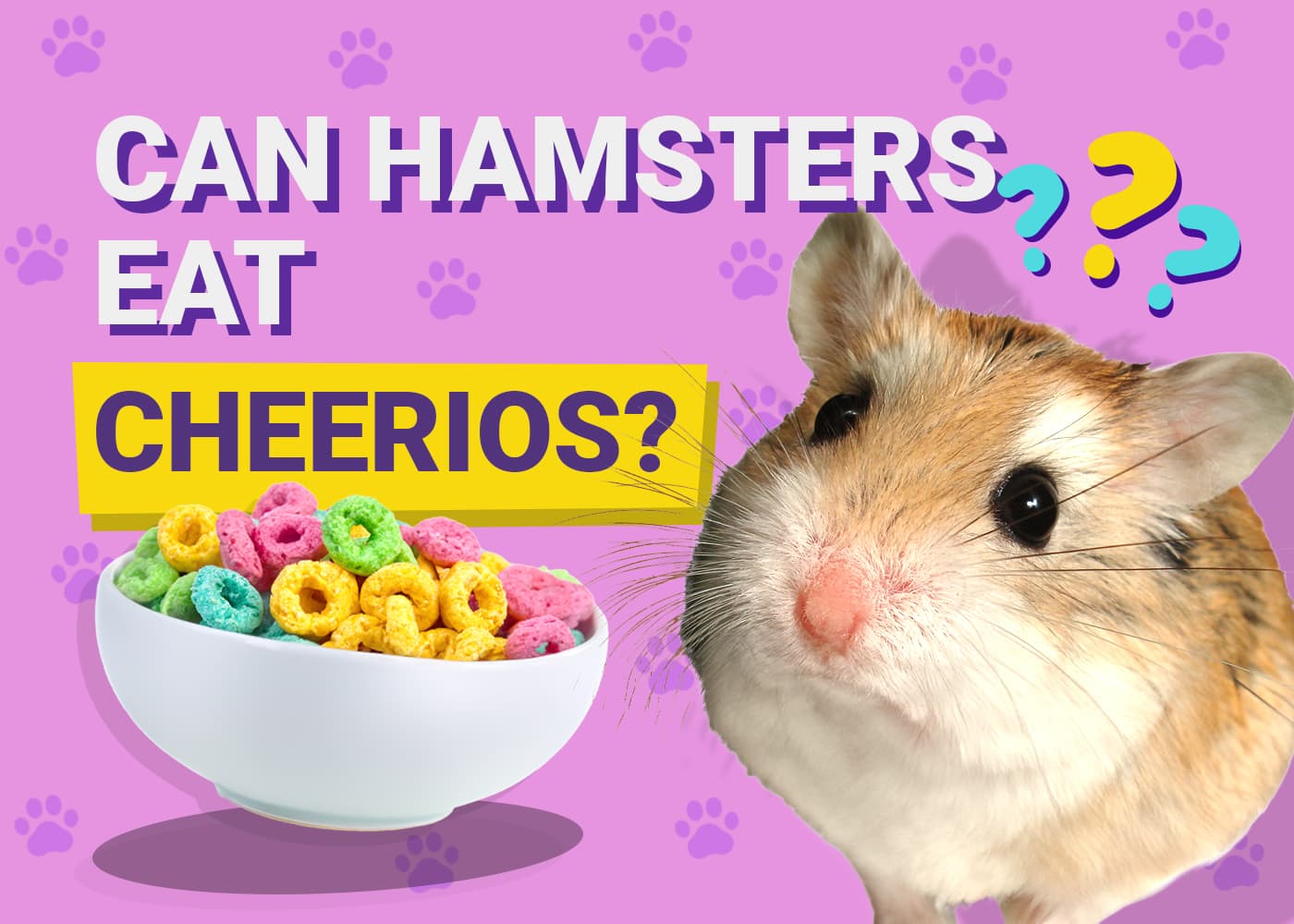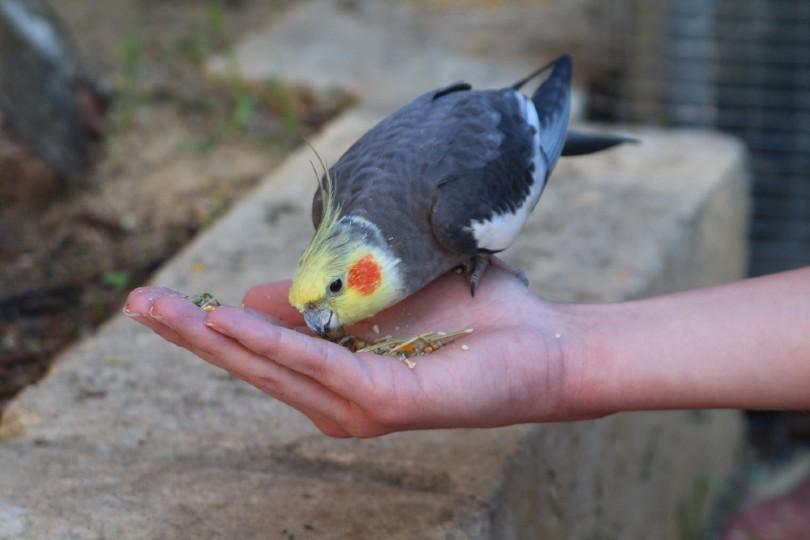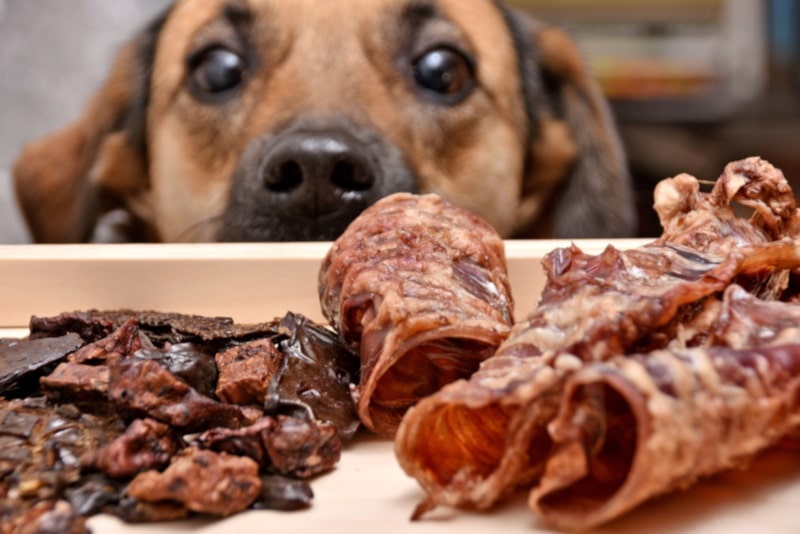VET APPROVED

The information is current and up-to-date in accordance with the latest veterinarian research.
Learn more »Click to Skip Ahead
Jicama is an interesting Mexican root vegetable with thick brown skin. It has the consistency and color of the inside of a potato or apple, and the sweetness falls somewhere in between. But realistically, you probably already know what a jicama is because you’re ready to serve it up to your Guinea Pig!
The flesh of jicama is entirely safe for Guinea Pigs, but there are a few factors to consider. There’s a time and a place for everything, so ensure you’re portioning the jicama correctly so your Guinea Pig can reap the best benefits.

Guinea Pigs Can Have Jicama in Moderation
You have to be very careful with the jicama plant. If you feed this root vegetable to your Guinea Pigs at all, you need to make sure that you remove the skin, stems, and leaves. Only the fleshy parts of this veggie are safe to eat.
As long as you’re careful and prepare jicama appropriately, your little Guinea Pig can certainly enjoy it in small amounts.

Jicama Nutrition Facts
Amount Per: 1 medium
- Calories: 250
- Total Fat: 0.65 g
- Sodium: 26 mg
- Potassium: 989 mg
- Total Carbohydrate: 58 g
- Dietary Fiber: 32 g
- Sugar 12 g
- Protein: 4.7 g
- Vitamin: 221%
- Iron: 22%
- Vitamin B6: 15%
- Magnesium: 19%
- Calcium: 7%
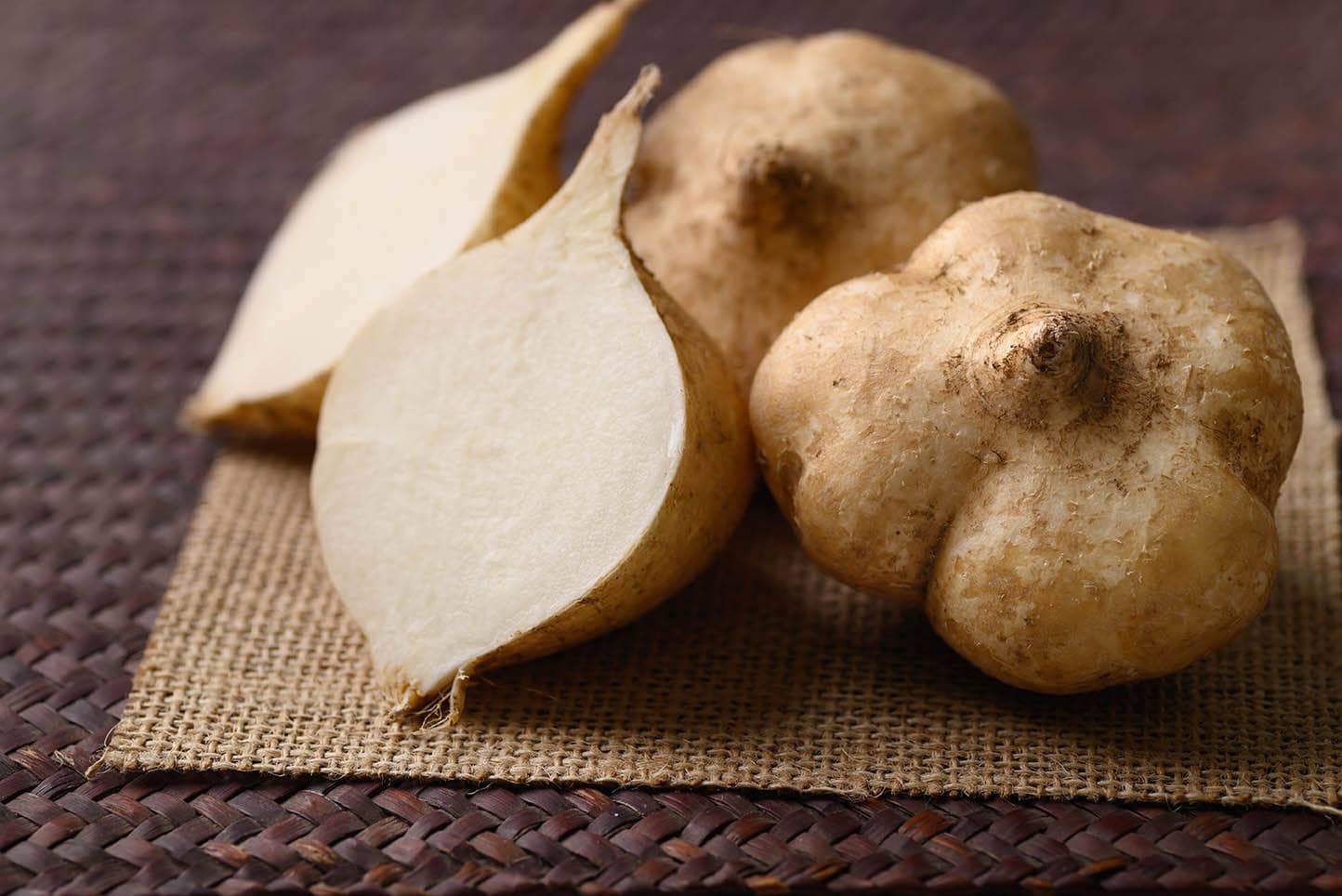

Benefits of Jicama for Guinea Pigs
Jicama has several nutritional benefits for Guinea Pigs. They will love munching on its crunchy texture and enjoy the sweetness, too! Here are some significant health benefits you can expect.
1. Prebiotics
Prebiotics are generally present in fiber-dense foods, such as jicama. Prebiotics help restore the balance of the gut and ensure proper digestion.
2. Vitamin C
Vitamin C works in your favor here. If you have a Guinea Pig, you may know their bodies can’t produce vitamin C independently, and they receive 100% from their diet. Jicama has a decent vitamin C content that can boost your Guinea Pig’s intake.
3. Fiber
Fiber is crucial! In addition to their Timothy hay, Guinea Pigs also need plenty of raw veggies and fruits that provide a source of fiber to help with digestion. Jicama is full of it.
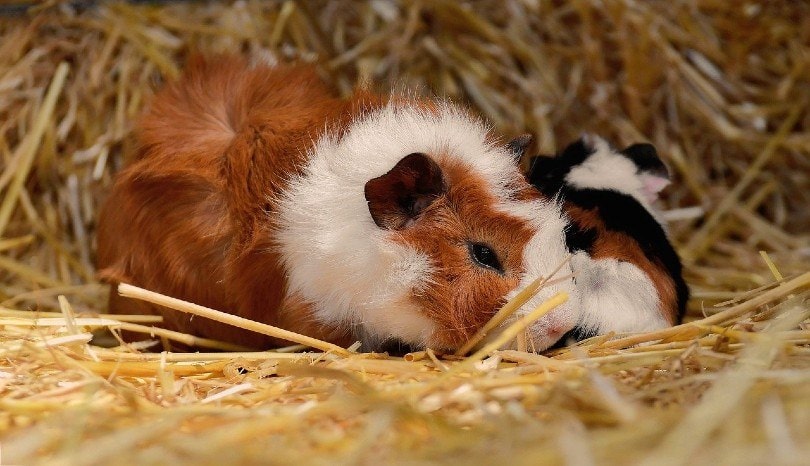
4. Potassium
Potassium is a critical element of your Guinea Pig’s diet. It helps their bodies maintain normal fluid levels inside their cells. It needs its counterpart, sodium, to do its job correctly. Jicama is absolutely stuffed with potassium.
5. Calcium
Your Guinea Pig requires calcium in their diet to help muscles expand and contract. It also plays a vital role in helping the nerves carry messages between the brain and body.
6. Magnesium
Magnesium is an essential nutrient that regulates muscle and nerve function. It also regulates blood sugar and makes protein, bone, and DNA.

Downfalls of Jicama for Guinea Pigs
While jicama certainly has its upsides, it can have its share of downfalls. Here they are.
Sugar
Your Guinea Pig may enjoy the taste of sugar, but it’s certainly not healthy for them to eat frequently. Sugar can lead to all sorts of issues like obesity and diabetes—but that’s not all. It can also throw off their gut flora and cause severe gastrointestinal problems.
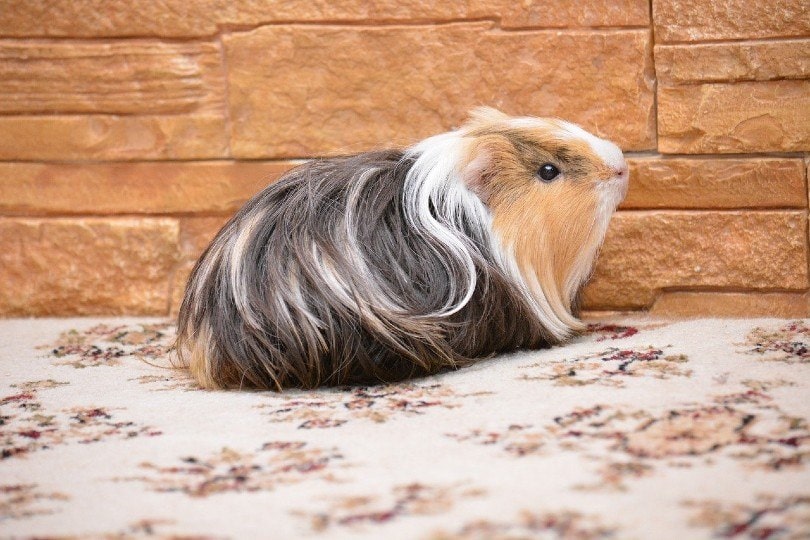
Potential Toxins
The flesh of a jicama veggie is super nutritious. However, as we mentioned earlier, all other parts are toxic. It contains a chemical compound called rotenone, which occurs naturally in some plants, such as the jicama and many other plants in the family Fabaceae.

How to Feed Your Guinea Pig Jicama
If you choose to feed your Guinea Pig jicama, prepare it correctly. First, ensure it is raw, as cooked jicama depletes valuable nutrients.
- Make sure the outer layers are removed before serving.
- Wash the flesh thoroughly.
- Cut the jicama into bite-sized pieces.
- Give your guinea pig a few, along with other raw goodies.
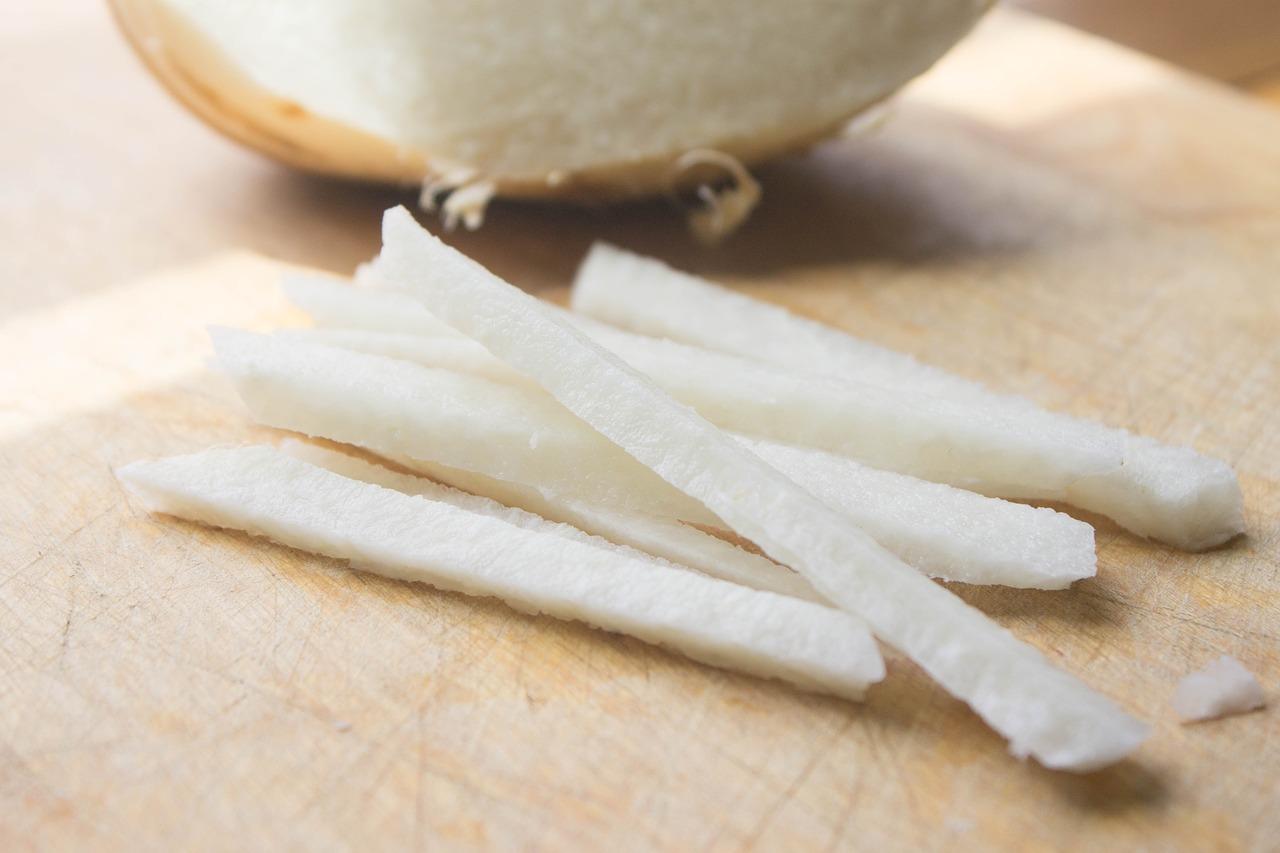

Final Thoughts: Guinea Pigs + Jicama
So, now you know that jicama is beneficial if you give it to your Guinea Pig sparingly. However, the outer parts of this root veggie are very toxic to them—so it might not be worth it for some owners to risk.
Jicama is full of fiber, vitamins, and minerals that nourish the body. If you choose to offer this root veggie, wash, peel, and properly portion the pieces to meet your pal’s nutritional needs.
Featured Image Credit: Ina Probo, Shutterstock
